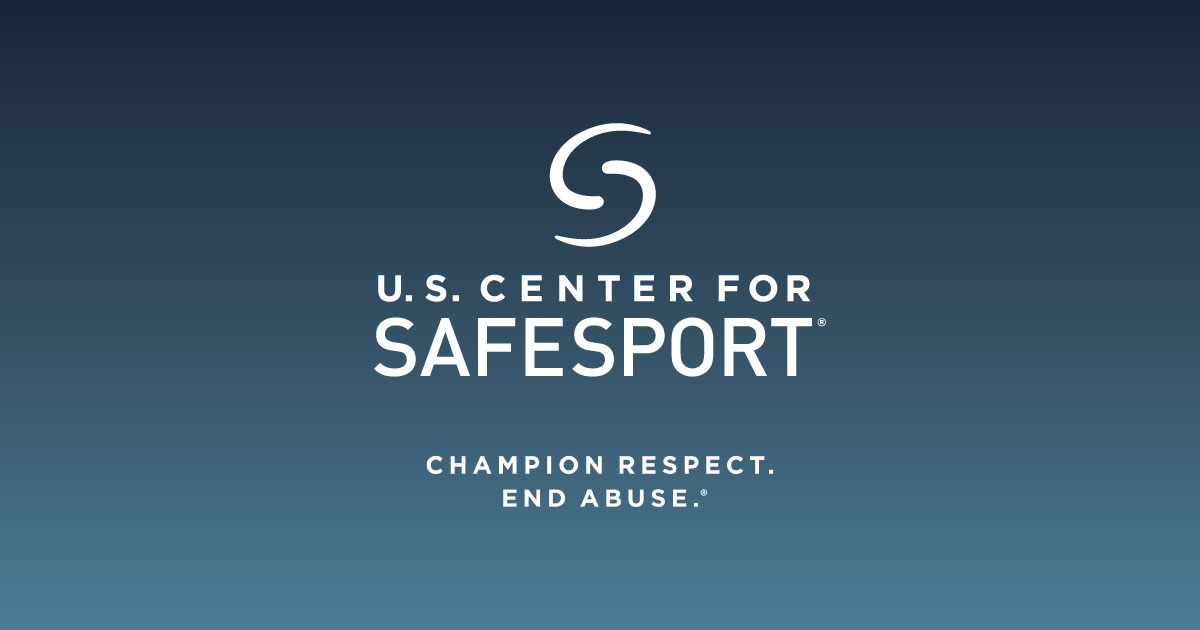
What is hazing?
Hazing refers to team-building activities in a pejorative/derogatory context that degrade, humiliate, or endanger individuals regardless of their willingness to participate. The general connotation of hazing is and should be, overwhelmingly negative. It’s an activity that exposes athletes to significant levels of harm from an individual or group of individuals on a team or within an organization. Hazing exists in multiple mediums: team sports, professional athletics, Greek life, etc. Typically, those most commonly impacted by hazing are the most junior members of a team or organization. Perpetrators of this form of abuse tend to be senior members, and hazing can be sustained by coaching staff in the athletic context. Other forms of abuse fall under the umbrella of hazing. For instance, hazing can take the form of physical and sexual abuse, psychological torment, and forced alcohol consumption, to name a few. Hazing can be ‘justified’ by perpetrators as a rite of passage/entry, a way to pledge allegiance, or a way of honoring long-standing traditions.
What are the effects of hazing?
The effects of hazing include, but are not limited to:
- physical, emotional, and mental instability
- sleep changes
- loss of sense of control and empowerment
- a decline in grades and coursework
- a degradation in relationships with friends, significant others, and family
- post-traumatic stress disorder
- loss of respect for and interest in being part of the organization/team
- erosion of trust within group/team members
- illness or hospitalization
Why does hazing occur?
Hazing is primarily based on the misconception that it brings groups closer together, weeds out people who don’t take the process seriously, maintains traditions, and cultivates a shared pride for an organization. Hazing may also be used to exert power and gratify control of a team or organization. In reality, hazing leads to discord among members, undermines shared respect, and leads to conflict instead of ‘toughening’ a group.
How can we prevent hazing?
While hazing is often highly linked to old traditions and can span cyclically over long periods, it requires a significant cultural shift to break the cycle. In some instances, individuals who have been hazed crave to “pay back” new members for what they underwent, hence creating a resentful cycle that’s difficult to break. Breaking the cycle requires establishing that hazing is unacceptable and not tolerated from day one on a new team or at a new organization. Creating a code of conduct that all members agree to follow is crucial so that members are held accountable if hazing occurs and receive the appropriate repercussions. Additionally, one must know how to intervene as an active bystander to prevent hazing. Utilizing #WeRideTogether’s Safe, Active Bystander Intervention Toolkit contains all the information necessary to know how and when to intervene. Lastly, the Hazing Prevention Network’s Athlete Helpline is a confidential service that can assist athletes with the tools and guidance imperative to preventing hazing.
David Cope
Intern at #WeRideTogether
An Open Letter to Hazing
By David T. Cope
Dear Hazing,
You brought me to the hospital. You left lashes in my skin.
You made me anxious, depressed, and shivering in post-traumatic stress.
You made me feel betrayed by my closest allies.
You made me fail and drop classes.
You ruined my relationship with my friends.
You made me feel left out and alone, in a dark room.
You got my friends and my coach arrested.
You gave my team a bad name.
You made us lose fans.
I felt coerced into you.
I felt like I needed you to “fit in.”
I felt like you were tradition.
I lost who I was, because of you.
Maybe you changed me for the better.
Maybe I was always wrong about you.
I sent two friends to the hospital.
One of them died.
I wound up in prison.
I am at wit’s end.
You ruined me. But,
You could’ve never existed.
You could’ve died without me.
You could’ve been prevented.
74% of students on a varsity team experience hazing.
71% of individuals hazed experienced negative consequences.
Find this poem in The Rising Phoenix Review.



-min.jpg)
